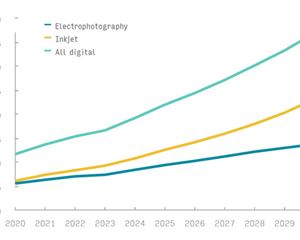What they learnt: Manu Choudhary, CDC Printers
The road to excellence begins from ground zero. Thus, every week the CDC team goes through the internal rejection process, understands the causes and takes the appropriate actions.
06 Jan 2016 | By Priya Raju
The way we communicate is constantly changing. Print was ‘once upon a time’ the dominant mode of communication. Today it no longer is. Hence we have to constantly adapt, as technology is growing at an exponential rate.Print is not going to die, I am sure it will not. But I am not so sure about conventional print. In 2015, we invested in a number of machines which are conventional machines. We invested in them based on the current requirement. My fear is: will these conventional machines have any sustainable future 3-4 years from now?At CDC, we have been known as a quality print firm. We were always confident of our quality. Until one day.We were to print a plain single-colour book of around 500 pages. Under normal circumstances, we would not have gone ahead with the job because it had no value-addition. But being a job of one of our regular clients, we undertook it. The pages were printed, folded, sewn, bound, packed and dispatched without any glitches.After a week, the client called that they found two books with strange errors. In one of the book there were a few blank pages, and in the other, the page numbering were not in order. Like most printers our response was that we would replace them and they would be the only ones having such defects. The customer asked us to pick up all the books and have them thoroughly checked.We did, and found more than 200 defective books out of 8,000. This was way beyond acceptable limit. This has been one of our biggest failures, that we could not deliver a plain 500-page single-colour book defect-free.












 See All
See All